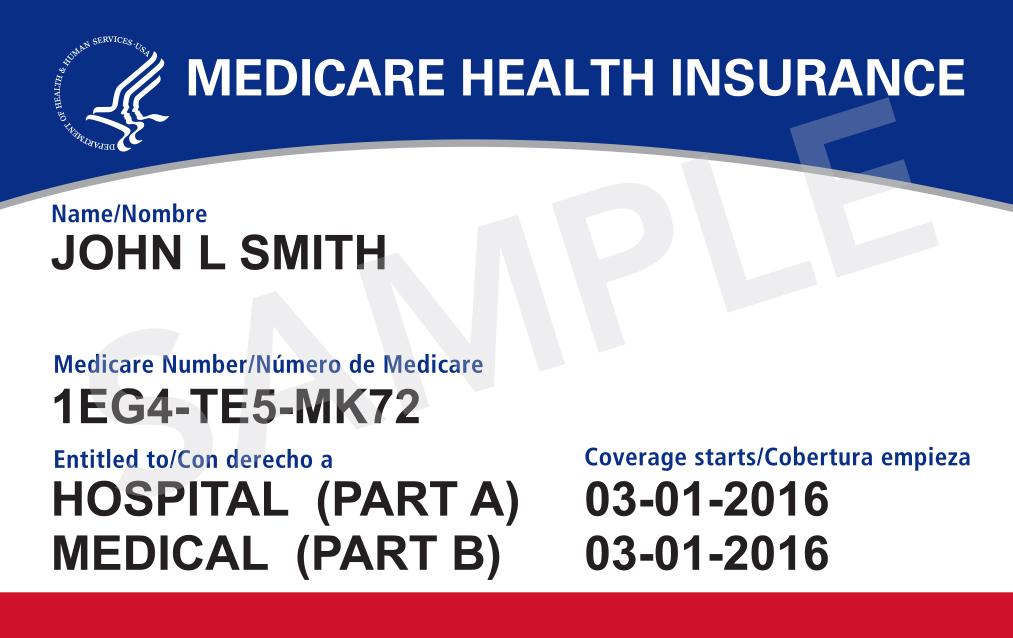Everyone knows that healthcare programs save lives. Yet not everyone has health insurance.
In 2019, nearly 33 million Americans were uninsured. That counts for nearly 15 percent of adults between the ages of 18 and 64.
This doesn’t have to be the case. Medicare, Medicaid, and a number of options are available to provide essential services.
Yet many people don’t know much about them. In particular, they struggle with the differences between Medicare and Medicaid.
Understanding healthcare is essential to remaining healthy. Get the facts you need in this quick guide.
What Is Medicare?
Medicare is healthcare coverage that the federal government provides. It is attached to Social Security, meaning you can receive both if you pay into the system.
Medicare is reserved for people aged 65 and older. Younger people with disabilities can receive it after they have qualified for Social Security disability coverage.
They must have a medical condition that prevents them from performing any kind of work, including menial tasks. People with advanced kidney disease can also receive coverage.
The program extends the same coverage to residents from any state. Most coverage is free, though there may be some premiums depending on what care a person needs.
What Are the Parts in Medicare?
You can select certain programs you want within Medicare. There are four main parts to the program.
Medicare Part A covers inpatient services. If you go to the hospital or a nursing facility, Part A covers nearly all treatments there. People who receive Social Security do not have to pay a premium.
Medicare Part B covers doctors’ visits and laboratory costs. You can also receive some outpatient services like physical therapy. You will need to pay a premium to receive coverage.
Part C is privately purchased supplemental insurance. You can have a private plan that covers some services while having a Medicare plan that covers others. Part D is prescription drug coverage.
You may have heard of “Original Medicare” and “Medicare Advantage.” Original Medicare is Parts A and B in one package. Medicare Advantage is another name for Part C.
What Is Medicaid?
Medicaid is another federally-run healthcare program. The government designed it for low-income households. Each state determines who qualifies, but nearly all provide coverage for families who live below the poverty line.
States administer their own Medicaid programs. The federal government requires these programs to provide some mandatory benefits. These include inpatient care and doctors’ visits.
Payments depend on where a person lives. Out-of-pocket costs can be low, and most states allow very low-income people to avoid costs entirely.
What Is Dual Eligibility?
You can receive services from both Medicare and Medicaid. If you qualify for both, you have dual eligibility.
The Medicare-Medicaid Coordination Office can work with you to cover your healthcare costs. In general, Medicare pays for services that both programs cover.
What Is Employer-Provided Healthcare?
Employer-provided healthcare is coverage that a company provides to its employees. A company pays for the services of a private insurer. Employees may need to pay fees or premiums, but their company covers some expenses.
As long as an employee remains with their company, they receive the insurer’s services. Some companies extend coverage to retired employees. Many plans extend coverage to spouses and dependent children.
You can receive Medicare while being on an employer-provided plan. If you are at a company with more than 20 employees, your company will pay first. Small companies pay second.
You can remain on your employer’s plan after you become eligible for Medicare. You can enroll in Medicare whenever you want. But you may not be able to switch back to your employer’s plan, so think about your options carefully.
What Are Private Healthcare Options?
Private options are independent of employer-provided healthcare coverage. Young people remain under their parents’ program until they turn 26. After that point, they need to buy insurance if their employer does not provide it.
Several different kinds of organizations provide health insurance. A health maintenance organization (HMO) is a company that has a network of healthcare providers. Subscribers remain within a group of hospitals, doctors, and pharmacists.
A preferred provider organization (PPO) involves medical professionals providing services at reduced rates. Subscribers can find other providers, but their rates are expensive.
An exclusive provider organization combines features of the HMO and PPO. Subscribers must remain within a network of providers and they must select a primary care physician. They can go outside the network for specialized and emergency services.
You can choose any of these options under Medicare Part C. It is possible to receive Medicaid and private services at the same time, but it is not common.
What Are the Differences Between Medicare and Medicaid?
Medicare and Medicaid are very similar. Both provide important healthcare services for qualified individuals. These people have to pay low premiums if they have to pay anything at all.
The federal government provides oversight for both programs. But Medicaid is run primarily by the states. Qualification rates vary depending on which state you are living in.
Medicare has several parts, and subscribers can choose one or more. Medicaid provides one all-inclusive package. Both options allow for individuals to purchase from private insurers, including employer-sponsored ones.
Know Your Healthcare Programs
You can get coverage from a range of healthcare programs. Medicare is for adults older than 65. Part A covers inpatient services, while B provides for outpatient care and D for prescriptions.
Medicaid is for low-income adults. Each state runs its own program, which means that packages vary slightly. You can be eligible for both, or you can have Medicare while receiving employer-sponsored or private care.
The main difference between Medicare and Medicaid is eligibility. If you don’t qualify for Medicaid, try to find a private plan.
Healthcare programs are evolving. Follow our coverage for the latest news.



